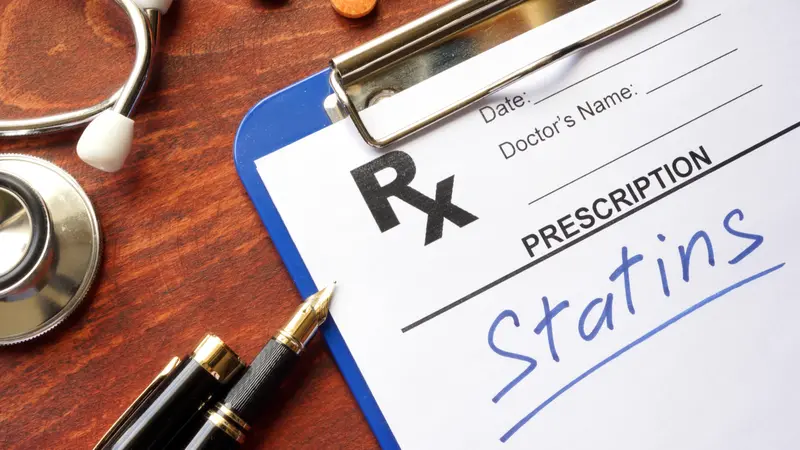

Chronic Conditions and Diseases

Chronic Conditions and Diseases
Statins: Weighing the Risks
Statins are often prescribed to lower cholesterol and reduce the risk of heart attack and stroke—but they’re not without risks of their own. The risks and benefits of taking these drugs should be weighed in consultation with a medical provider.
Statins include atorvastatin (Lipitor), fluvastatin (Lescol XL), lovastatin (Altoprev), pitavastatin (Livalo), pravastatin (Pravachol), rosuvastatin (Crestor, Ezallor), and simvastatin (Zocor, FloLipid).
One of the most common side effects of statins is mild-to-severe muscle pain (soreness, tiredness, or weakness). However, researchers have found a “nocebo” effect with statins (i.e., side effects are reported at a higher rate than the drug causes) and the actual risk of developing muscle pain as a result of taking statins is about 5% or less. Rarely, statins can also cause life-threatening muscle damage when taken in combination with certain drugs or in high doses.
Statins may also occasionally cause an increase in liver enzymes that signal inflammation. Although liver problems are rare, your doctor may order a liver enzyme test before or shortly after you begin to take a statin. Contact your doctor immediately if you have unusual fatigue or weakness, loss of appetite, pain in your upper abdomen, dark-colored urine, or yellowing of your skin or eyes.
Statin use may also cause your blood sugar (blood glucose) level to increase, which may lead to developing type 2 diabetes. This generally occurs when blood sugar levels are already higher than normal and fall in the prediabetes or diabetes range when you begin taking a statin.
Some people have developed memory loss or confusion while taking statins. These side effects reverse once you stop taking the medication.
Risk factors for developing statin side effects include:
- Taking multiple cholesterol-lowering medications
- Being female
- Having a smaller body frame
- Being age 80 or older
- Having kidney or liver disease
- Drinking too much alcohol
- Having certain medical conditions (e.g., hypothyroidism or neuromuscular disorders like amyotrophic lateral sclerosis)
Many drugs may interact with statins, so be sure your doctor is aware of all the medications you take.
To relieve potential side effects caused by statins, your doctor may recommend some of the following options:
- Take a brief break from statins
- Switch to another statin
- Change your dose
- Take it easy when exercising
- Consider other cholesterol-lowering medications
- Try coenzyme Q10 supplements
REFERENCES
Mayo Clinic. (2020, January 14). Statin side effects: weigh the benefits and risks. https://www.mayoclinic.org/diseases-conditions/high-blood-cholesterol/in-depth/statin-side-effects/art-20046013


 By
By







